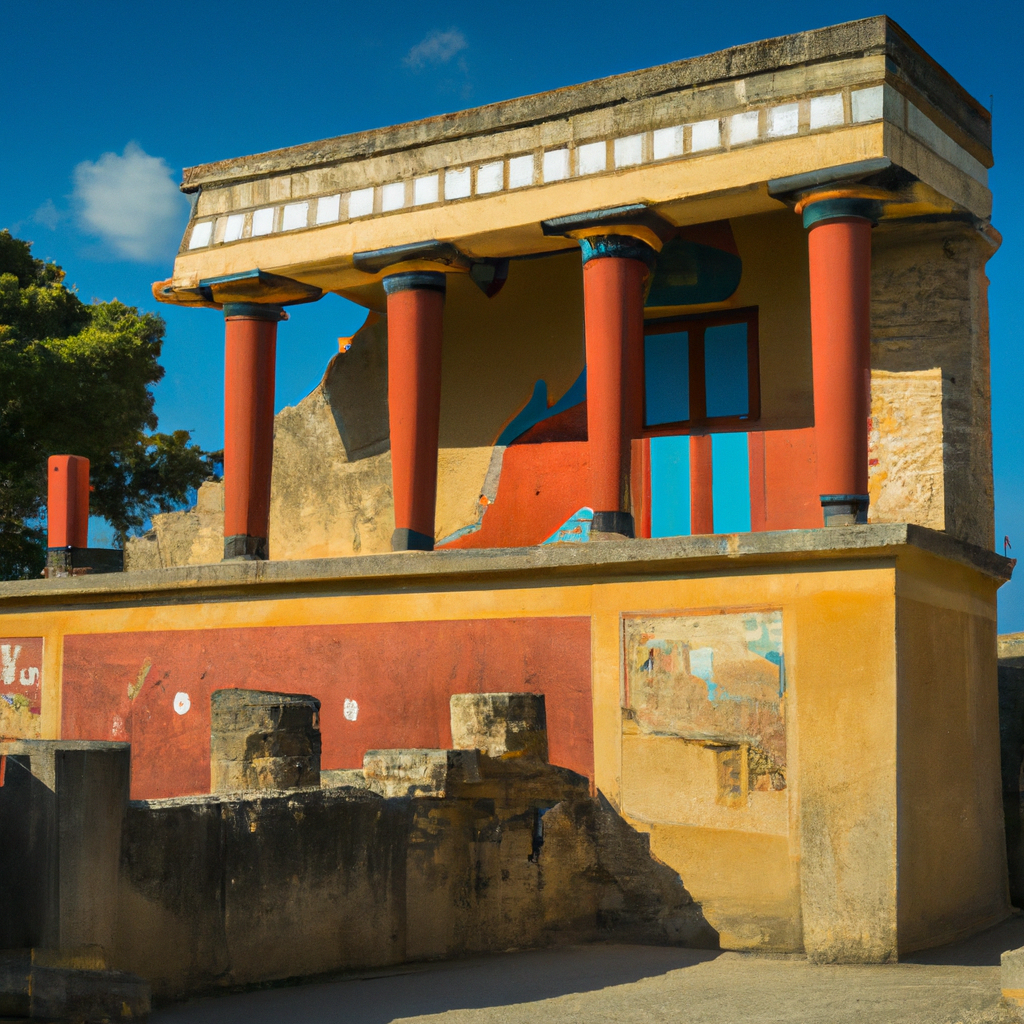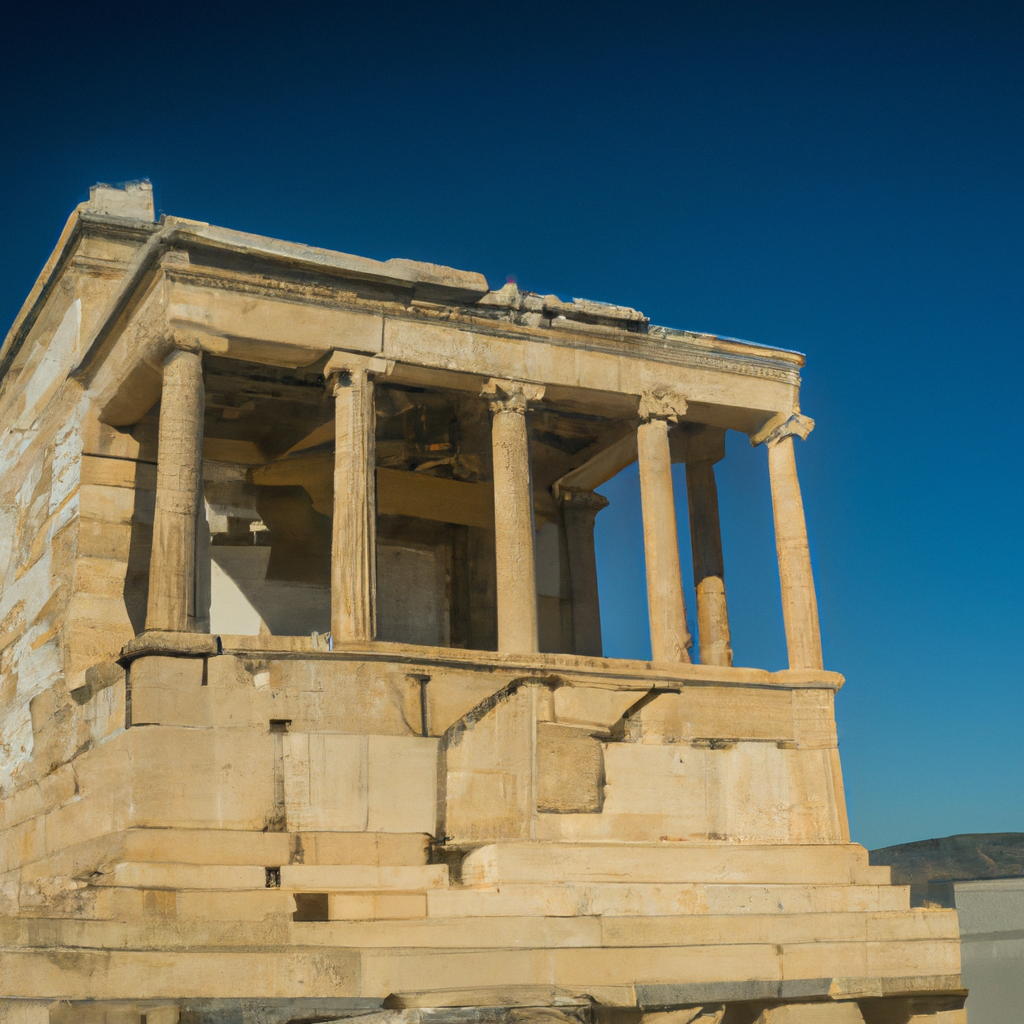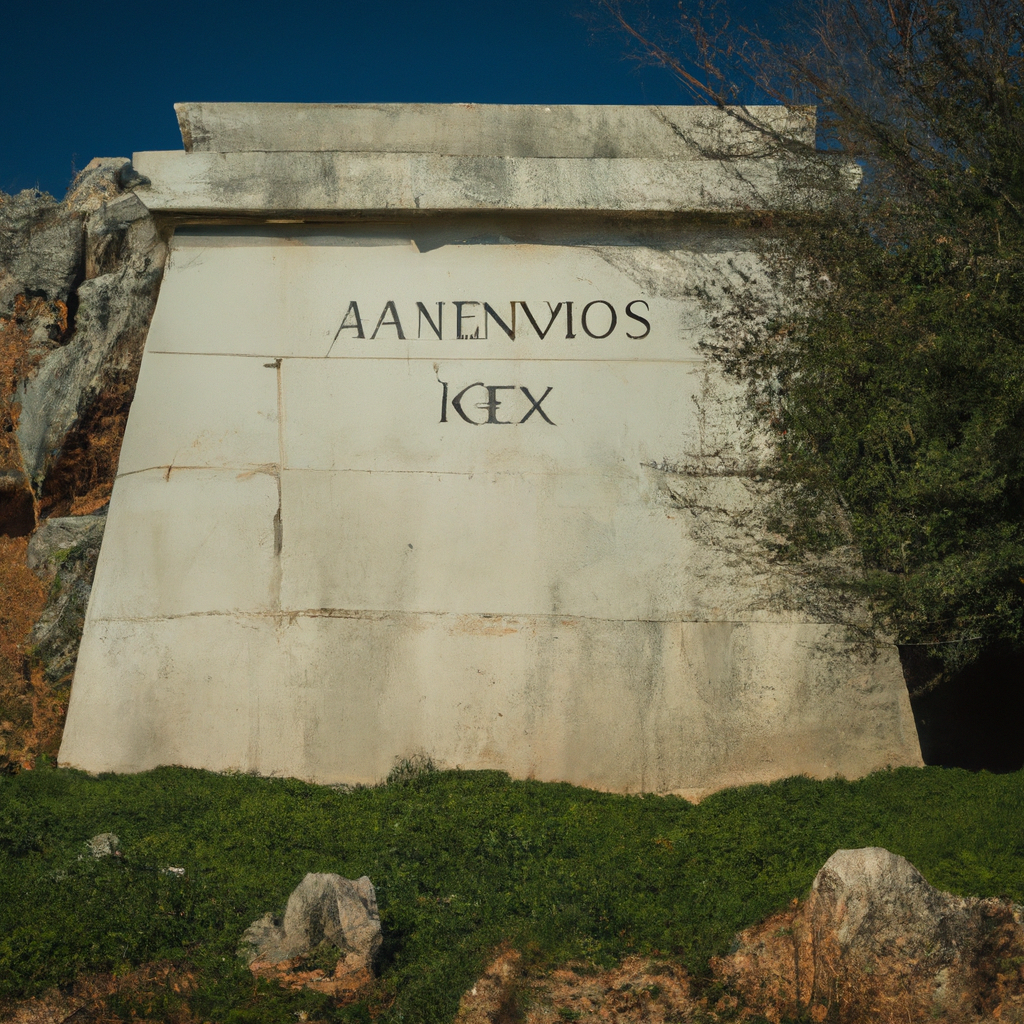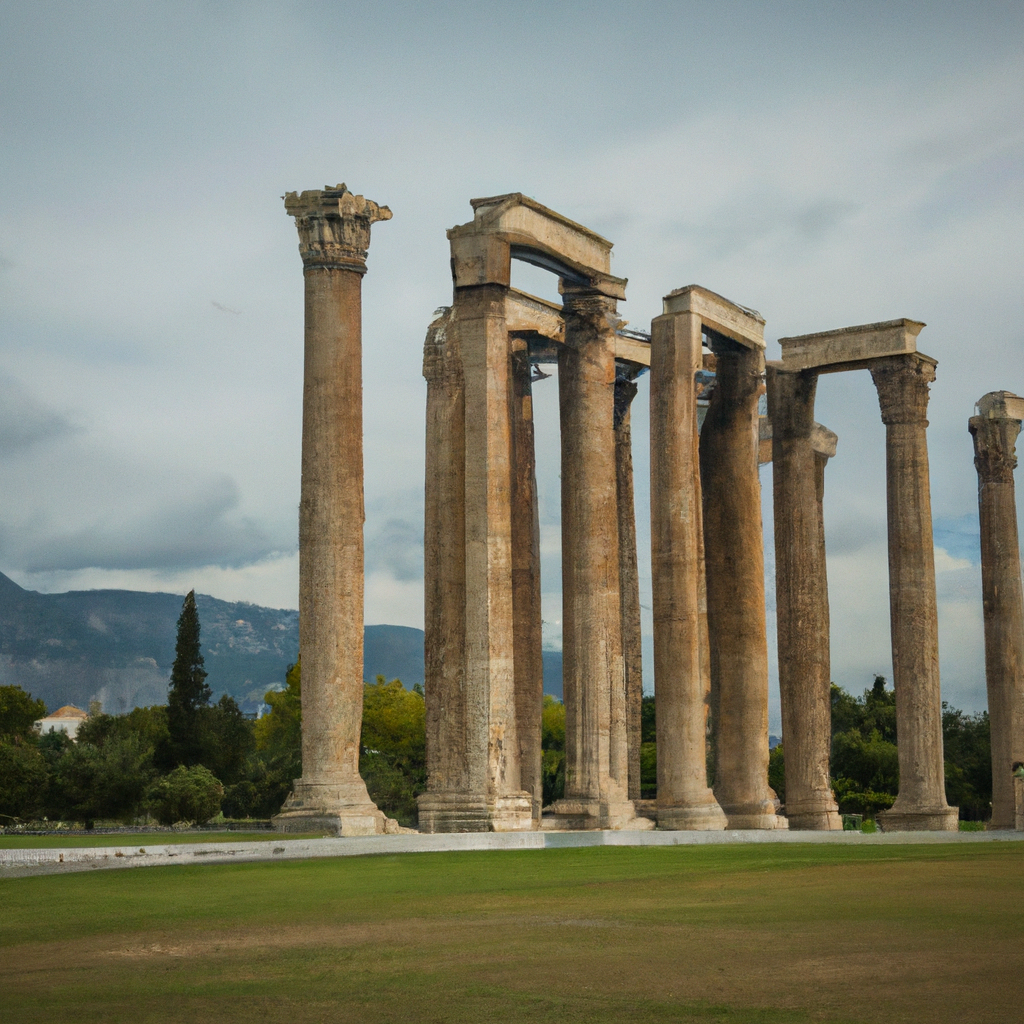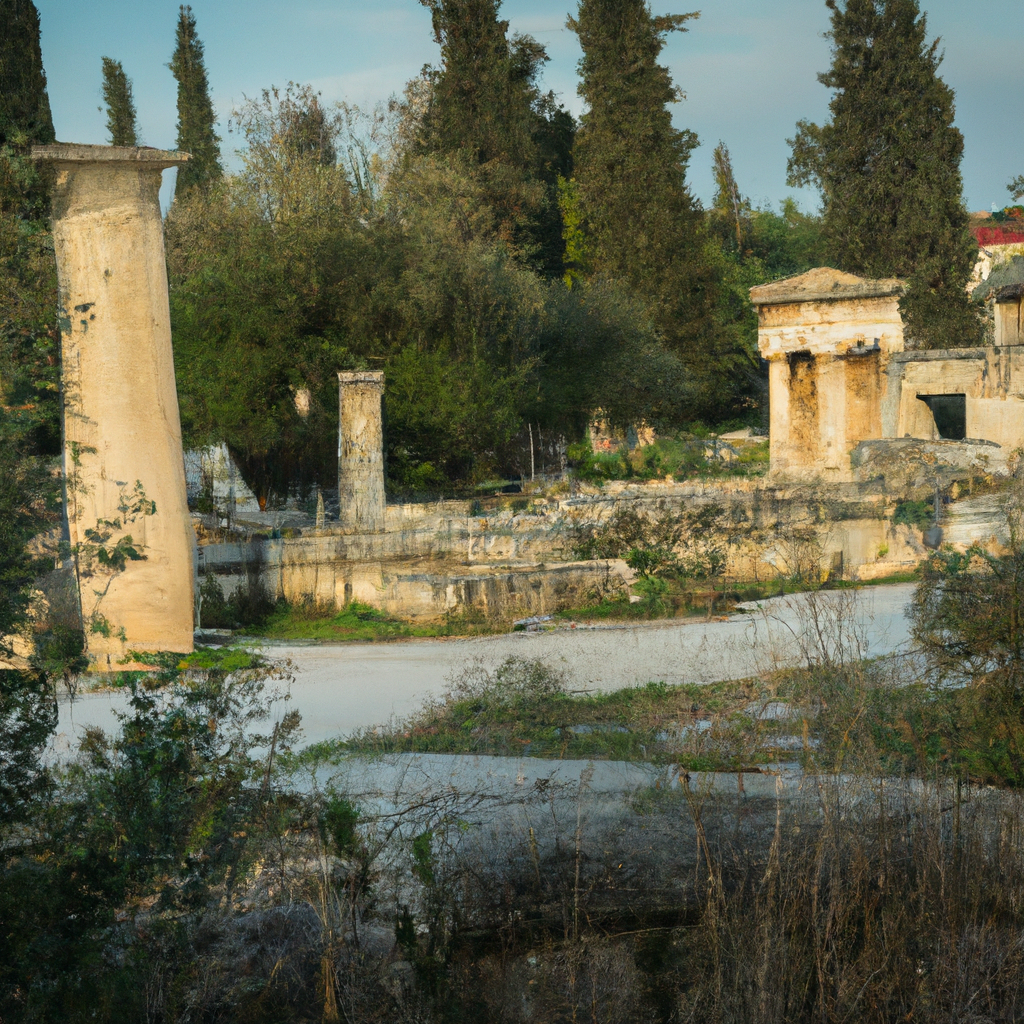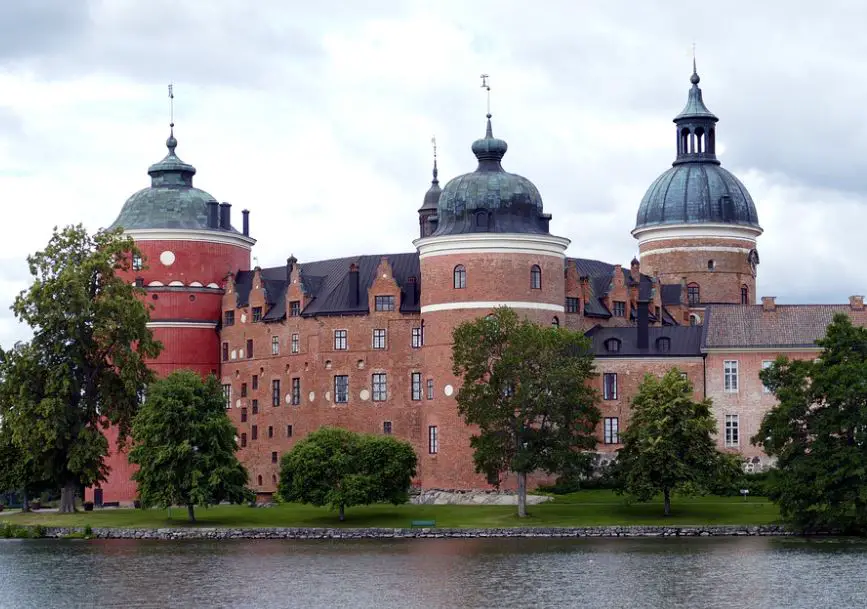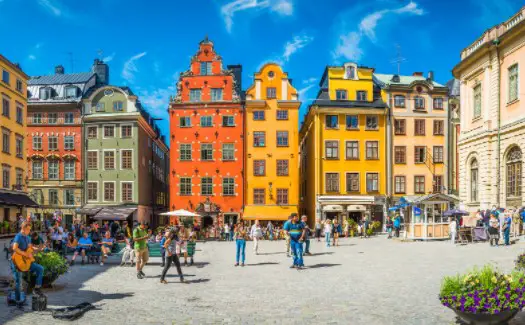Palace of Knossos on Crete In Greece: Overview,Prominent Features,History,Interesting facts
Overview:
The Palace of Knossos is the most famous archaeological site on the Mediterranean island of Crete. It was the center of the Minoan civilization, Europe’s oldest civilization, which developed on Crete between about 3000 and 1100 BC. The palace was discovered in the early 20th century by the British archaeologist Sir Arthur Evans and has since been excavated and reconstructed. It is located near the modern-day city of Heraklion, and serves as an important source of information about ancient civilizations. The palace features sophisticated engineering, a complex of storerooms, workshops, ceremonial chambers, dining halls, and a throne room. It is also thought to have an elaborate labyrinth, which was referenced in Greek myth. The palace serves as a powerful symbol of the Minoan people and their society. It is one of the most beautiful monuments in Greece
Prominent Features:
The Palace of Knossos on Crete in Greece is one of the most impressive archaeological sites in the world. It is believed to have been the residence of the mythical King Minos, as well as the administrative centre of the Minoan civilization. It features a complex network of corridors, chambers and staircases, some of which capture breathtaking views of the surrounding countryside. It is one of the most significant archaeological discoveries in the world, having been occupied from the Neolithic to the Roman period, spanning over 7,000 years of history. The palace was mostly destroyed by an earthquake in the second millennium BC, but has since been extensively excavated and is now a major tourist attraction in the region. It is home to beautiful frescoes, pottery, tools and other artefacts from past civilizations, as well as a breath-taking array of structure and courtyards. You can learn history, culture, and heritage through these magnificent monuments in Greece.
History:
The Palace of Knossos on Crete is one of the most important archaeological sites of the Minoan civilization, which flourished in Crete from 2600 to 1100 BC. Located 5 kilometers (3 miles) south of modern-day Heraklion, it is believed to be the legendary city of King Minos. The palace was built sometime between 1700-1450 BC and was the largest in the Minoan world, covering an area of 20,000 square meters (215,276 square feet). It is believed to have had more than 1,400 rooms which were connected by a complex network of hallways and staircases. The palace was built around a series of courtyards and contained various shrines, workshops, residences, stores and administrative offices for the King and his court. The palace was discovered in 1878 by Sir Arthur Evans, who would excavate it over the course of the next 35 years. The site is famous for the incredible frescoes, pottery, and sculptures which have been discovered here and provide immense insight into the life and culture of the Minoans. The palace was destroyed by an earthquake in the 14th century BC and was left in ruins until it was reconstructed by Evans in the 20th century. In the 21st century, the site has become a popular tourist destination and it has been designated as a UNESCO World Heritage Site. Visit one of the famous monuments of Greece with your friends and family.
Interesting facts:
1. Knossos was a major cultural and economic centre of Minoan civilization in Crete, Greece. 2. It is believed that Knossos palace was built around 2000 BC. 3. The palace was discovered in 1878 by Minos Kalokairinos. 4. The palace covered an area of 20,000 square meters. 5. It had several hundred rooms and was equipped with advanced plumbing systems. 6. Archaeologists believe that the palace was destroyed by an earthquake in around 1450 BC. 7. Massive frescoes and other architectural structures inside the palace suggest that it was the royal palace for the Minoan kingdom. 8. In the centre of the palace was located a sacred court, known as the Labyrinth, which may have been the source of the Minotaur myth. 9. The palace is believed to have been the site of the bull leaping ritual, where young men jumped over charging bulls. 10. Today, the ruins of Knossos palace are a major tourist attraction in Crete, and a significant archaeological site. One of the historical monuments of Greece, it tells the story of a bygone era
Explore Greece most popular tourist destination with us. Palace of Knossos on Crete In Greece: Overview,Prominent Features,History,Interesting facts,which is 35.14 km away from Greece main town, is the most popular destination to add in your travel wishlist.
-
City:
Greece
-
state:
Crete
-
country:
GR
-
country code:
Greece
-
postcode:
71007
Location:
Crete GR
